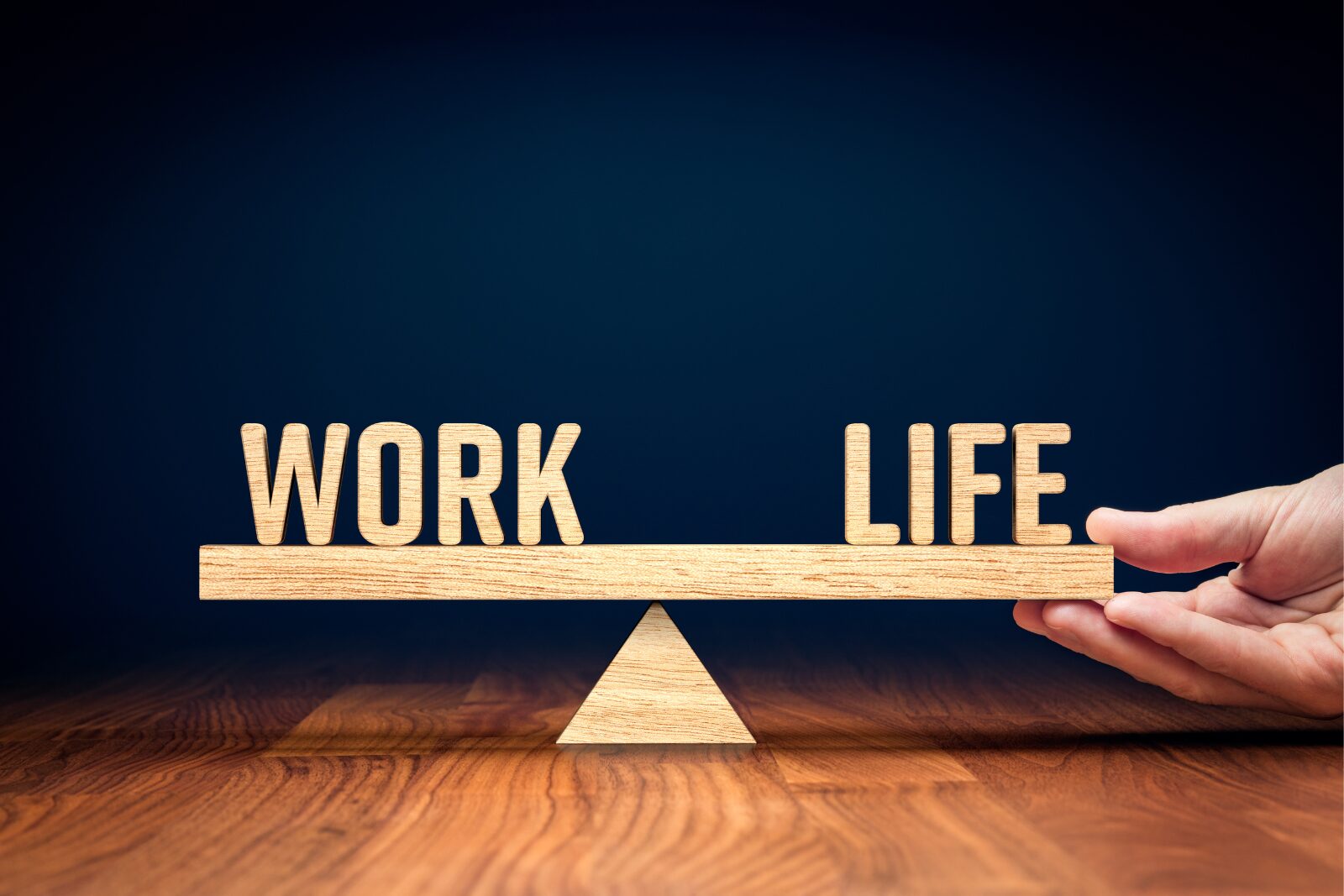Congratulations! You got the COVID vaccine! Now what can you do? As an article in The Atlantic describes, there’s no one-size-fits-all solution, but “When deciding what you can and can’t do, you should think less about your own vaccination status, and more about whether your neighbors, family, grocery clerks, delivery drivers, and friends are still vulnerable to the virus.” While the vaccines do help keep the vaccinated people from getting as sick if they do contract COVID, vaccinated people can still pass the disease on to others.
STIMULUS UPDATES
Progress on Another Plan?
The Senate is set to vote today on a House measure passed February 27. While the final details will change as the measure makes its way through the system, here’s what’s in the version passed by the House:
- A third stimulus payment of up to $1,400 for each eligible person. Income ceilings may mean that some people who received the first two payments won’t receive as much or anything. Payments of $1,400 for dependents are also included. This payment calculator from Kiplinger will help estimate how much you could receive. Payments could go out as soon as March.
- Expanded federal unemployment benefits of up to $400 per week through August with options for extension for health and economic reasons.
- Expanded child tax credit of up to $3,600 per child.
- Expansion of childcare tax credit to a maximum of $4,000 for one child, $8,000 for two or more children.
- Additional $160 billion for coronavirus vaccine programs for state and local governments.
- An increase in the federal minimum wage to $15. The Senate will likely strip this out and propose this as a separate bill.
- Extension on the moratorium on evictions and foreclosures until September 30, plus $30 billion to help with rent payments.
- Funds to help schools reopen safely.
- Funding to help state, local, and tribal governments.
Lawmakers are still making changes and are confident that a plan will be in place before the provisions of the law passed in December expire.
Economic Impact Payments (aka Stimulus Checks)
According to the most recent updates to the IRS FAQs on the second round of stimulus payments, people who received their second payment via debit card will be getting a letter from the IRS if they have not yet activated it. The funds will stay on the card until the card is either activated or returned to the issuer, MetaBank.
If you’re eligible for the second round of payments but did not receive one, you can receive the additional stimulus payment as a Rebate Recovery Credit on your 2020 tax return. In any case, contact our office so we can help you decide which option will be best for you.
Paycheck Protection Program (PPP)
Starting on February 24, a two-week window will restrict PPP applications to businesses with fewer than 20 employees. This was in response to complaints that the previous round of payments went chiefly to large companies instead of to small businesses. Applicants with non-fraud felony convictions or who are delinquent on federal student loans can also apply, unlike the previous round.
Tax Issues
Did you receive a letter from the IRS (Notice CP59) that said you did not file a 2019 tax return, even though you did? The IRS acknowledged in a statement on its website that 260,000 such letters were sent out by mistake. If you received such a letter, you do not need to do anything. You do not need to call or respond to the IRS in any way. The IRS is still continuing to process their backlog of 2019 tax returns.
REMOTE WORK
Researchers at Stanford identified four causes of Zoom fatigue and have simple fixes to minimize the issue.
- Excessive amounts of eye contact is highly intense. Solution: Reduce the size of the Zoom window by taking it out of full-screen mode.
- Seeing yourself on-camera is exhausting. Solution: Choose the option to hide the self-view.
- Video chats restrict our usual mobility. Solution: Set up a camera further from the screen. Consider turning off the camera periodically.
- Sending and receiving non-verbal conversational cues is much harder on video. Solution: Give yourself an audio-only break periodically by turning off your camera and moving your focal point away from the screen.
The researchers have also developed a 15-question survey on videoconferencing fatigue. The results from this research will be used to help organizations and video conferencing software makers develop guidelines to help people minimize the negative consequences of this technology.
LIVING WITH THE PANDEMIC
How to make email better
Cal Newport, author of Deep Work, has a new book out on how to better manage email overwhelm. In this interview in Fast Company, he explains several methods that can help return email to what it does best: act as a medium for exchanging information. For example, use task boards to manage complex collaborative projects rather than requiring everyone to constantly monitor their inboxes for status updates. Set regular workflows for recurring projects so that everyone knows what to expect and when. Use an app like Acuity or Calendly to schedule meetings and eliminate those endless email chains.
A return to the office – or not?
Is working from anywhere reality or fantasy? The future of work will have to offer remote work as an option, as this piece in SmartBrief points out. According to a recent survey, more than 80% of CEOs want their teams to return to the office. However, only 10% of employees are interested, mainly out of safety concerns. While many CEOs and managers prefer a physical presence, the pandemic has demonstrated to employees the benefits of flexible schedules and flexible workplaces. Returning to the office will need to present a mutual benefit for both employers and employees.
The workplace of the future will offer more intentional opportunities for collaboration, as this article in Fast Company describes. While many workplaces will pursue a remote model, the physical spaces within will need to be redesigned to combine the best of work-from-home productivity and in-person connection.
GENERAL RESOURCES
- The best source for up-to-date and accurate health information is the Center for Disease Control (CDC)
- The CDC also has recommendations for businesses and employers
- Intuit QuickBooks has a dedicated page to help small businesses
- Entrepreneur put together a listing of free tech resources for remote work
- The Consumer Financial Protection Bureau has warnings about COVID-related scams
- Fast Company has a listing of the best productivity apps for 2020
- The New York Times has an online newsletter on K-12 and higher education
- The Wall Street Journal has a collection of articles on education
- The Atlantic has a state-by-state coronavirus tracker
We sincerely hope that you and your family are well and remain well. If you have any questions or concerns, don’t hesitate to reach out to us. We are all in this together!


